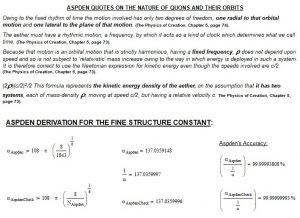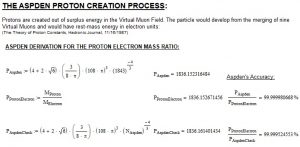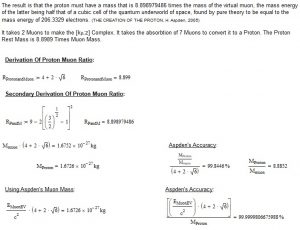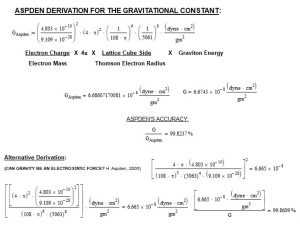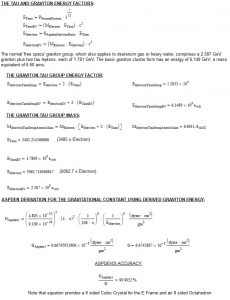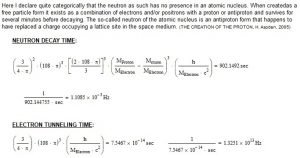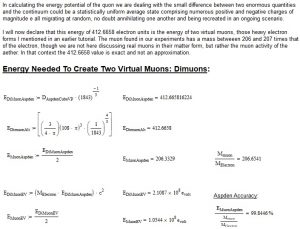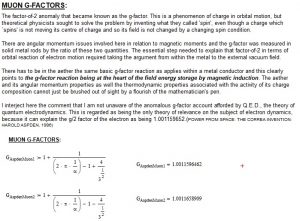
These are Dr. Harold Aspden’s drawings of the Quon Lattice. In the third frame, the Orbiting Quon Represents The E Frame (Electromagnetic Frame) and the center of the Quon Orbit Represents The G Frame (Inertial Frame). The G Frame is where transient Gravitons form depending on the Energy moving through each cell of the Aspden Quon Lattice.
The Quon Orbit increases or decreases in radius as energy moves through the cell. The Quons must speed up or slow down to maintain angular position with all the Quons in the Universe.
In The Axis Mundi, I have used Aspden’s equations and the Boltzman Constant to deduce the temperature range of the Quon Lattice before it is deformed or ruptures. The Maximum Range of the Quon Orbit will occur a little over 82 Million-Degrees Kelvin. I examined the temperature range that physicists at CERN want to explore when trying to create a Quark-Gluon-Plasma. It will distort the lattice by two orders of magnitude.
Dr. Aspden has derived nine of the most important Fundamental Constants of Physics. He has solved them using his view of The Active Vacuum. Scientists and critics have accused him of number play. As you look at these formulas, which I have transcribed from his books and articles, please note that the Two-Dimensional Quon Orbit, the Three-Dimensional Sphere, and the Six-Face Cube are consistently seen in his equations.
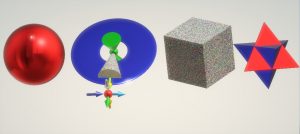
THE CIRCLE – THE SPHERE – THE CUBE – THE TRIANGLE – ARE ALL PART OF DR. ASPDEN’S FORMULAS
Dr. Aspden was using the formulas that coincided with his view of The Active Vaccum, he was not winging it and adjusting numbers and formulas to achieve the target number of a physical constant of nature.
